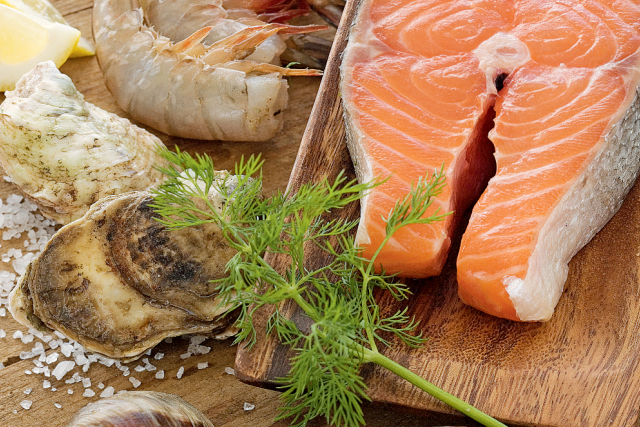Dear Doctor: I like trying the different kinds of salt that are available these days, but my grandmother says that unless you use iodized salt, you don’t get enough iodine in your diet, which is dangerous. Is she right? What happens if you don’t get enough?
Dear Reader: Your grandmother is correct that iodine, which is a mineral, is an essential part of our diet. It’s also a trace element. These are chemical micronutrients that the body needs in very small amounts for the proper functioning of a wide range of metabolic and physiological processes. Iodine is essential to the production of thyroid hormones, which affect all of the cells of the human body. They regulate metabolism; play a role in heart rate, respiration and body temperature; and they are crucial to the formation of the central nervous system and skeletons of fetuses and infants.
A deficit of iodine in the diet can cause your thyroid gland to become enlarged, a condition known as goiter. It’s often the first symptom of iodine deficiency. A goiter looks like a swelling on the throat, just below the larynx. It can develop when, due to a lack of iodine, the thyroid gland grows larger in an effort to produce more hormones.
When a pregnant woman lacks adequate iodine in her diet, it can affect her fetus. This includes stunted growth and developmental delays. Iodine deficiency in infants and young children can have an adverse effect on intelligence and cognition. Adults who don’t get enough iodine may gain weight easily, struggle with lethargy or fatigue, have trouble with memory and learning, experience unexpected changes to their heart rate, and develop hair loss or dry or flaky skin.
Because iodine is a trace element, the amount we need is quite small. From birth to age 13, the recommended amount ranges from 90 to 130 micrograms of iodine per day. From age 14 and throughout adulthood, it’s 150 micrograms daily. Pregnant women need 220 micrograms per day, and breastfeeding mothers should get 290 micrograms per day.

As your grandmother pointed out, iodized salt is a sure thing when it comes to getting enough iodine. The mineral was first added to salt in the early 1920s, when goiter became common in certain parts of the United States. However, it’s also important to remember that dietary guidelines limit salt to 2,300 milligrams -- that’s about 1 teaspoon -- per day.
The best naturally occurring source of iodine is in seafood. The highest concentrations are in the various edible seaweeds produced for culinary purposes. Saltwater fish -- including cod, halibut, herring and sardines -- are also good sources. So are shrimp. Fruits and vegetables do contain iodine, but the amounts depend upon the soil in which they are grown. Dairy products are often a very good source of iodine. This is due to a certain disinfectant, which contains iodine, that is used during processing.
People who don’t eat dairy products or seafood are at risk of not getting enough of the micronutrient. However, it’s important to note that too much iodine can also cause adverse effects, so don’t go overboard getting it into your diet.
(Send your questions to [email protected], or write: Ask the Doctors, c/o UCLA Health Sciences Media Relations, 10880 Wilshire Blvd., Suite 1450, Los Angeles, CA, 90024. Owing to the volume of mail, personal replies cannot be provided.)





